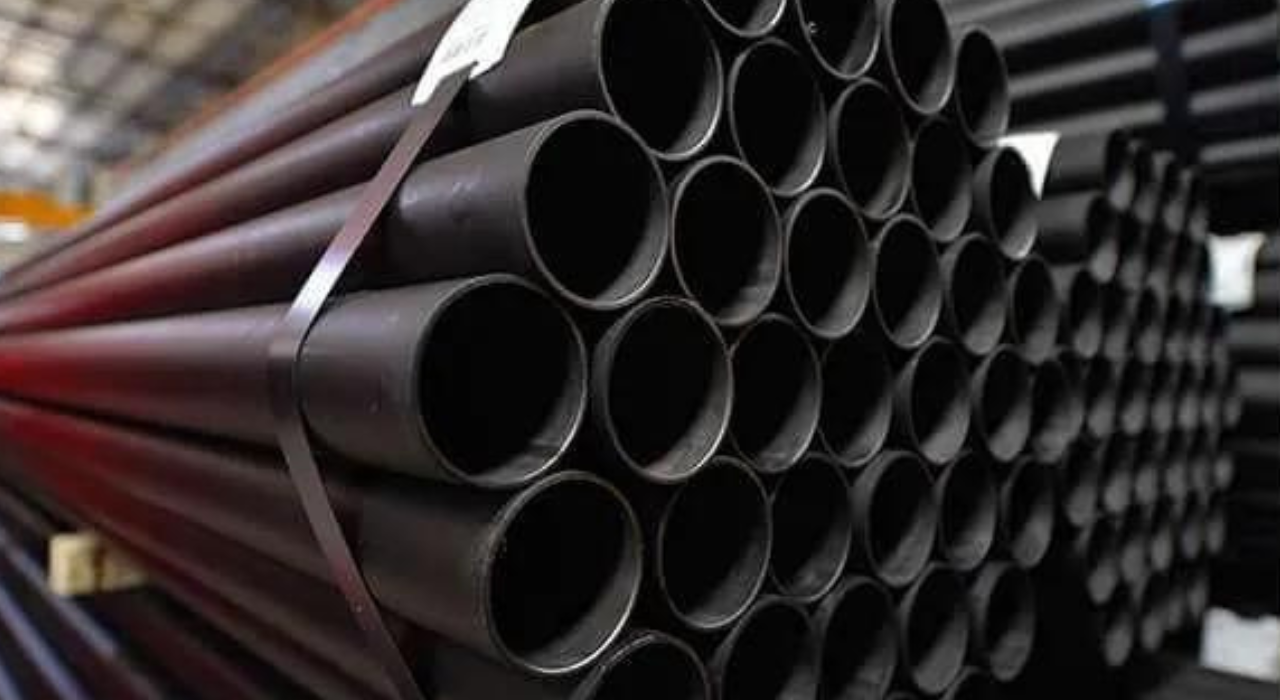Carbon steel’s omnipresence is fundamentally a result of its adaptability, sensibility, and mechanical properties, making it a wonderful decision for some applications. Schedule 20 pipes, which are more slender than other pipe Schedules, are particularly appropriate for low-pressure conditions. These pipes are ordinarily utilized in plumbing, central air frameworks, and other modern cycles that don’t need high-pressure opposition.
The utilization of carbon steel in Schedule 20 pipes brings a few benefits. These benefits are especially significant while managing low-pressure applications, where both expense and execution are key contemplations. By understanding the particular advantages of schedule 20 pipe material-carbon steel, ventures can pursue informed choices that improve both security and proficiency.
Benefits of Using Carbon Steel for Low-Pressure Applications
Cost-Powerful Material
One of the fundamental reasons carbon steel is leaned toward for low-pressure applications is its expense adequacy. Carbon steel is generally cheap to create and broadly accessible, making it a spending Schedule cordial choice for enterprises that need to source huge amounts of funneling. In contrast with materials like treated steel or copper, carbon steel can altogether lessen generally speaking undertaking costs, particularly in low-pressure frameworks where elite execution compounds are excessive.
Sufficient Strength for Low-Strain Applications
Even though Schedule 20 pipes have more slender walls, the strength of carbon steel is above and beyond for low-pressure applications. Carbon steel gives a decent equilibrium between elasticity and solidness, guaranteeing that pipes can endure functional requests without compromising security.
Corrosion Obstruction with Appropriate Coatings
While carbon steel isn’t intrinsically essentially as erosion-safe as tempered steel, it very well may be treated with coatings that work on its protection from rust and oxidation. For low-pressure applications where dampness and natural openness might be concerns, the utilization of defensive coatings like galvanization or epoxy can broaden the life expectancy of carbon steel pipes.
Ease of Creation and Installation
Carbon steel is simpler to manufacture and work with than numerous different materials. It very well may be promptly cut, twisted, and welded, taking into consideration greater adaptability during establishment. For low-pressure frameworks, the simplicity of creation implies that carbon steel pipes can be adjusted to meet explicit venture necessities without huge added costs or work.
Durability and Long Lifespan
Carbon steel, particularly when utilized in low-pressure conditions, has a long life expectancy. Its intrinsic strength and sturdiness imply that it can deal with routine mileage without huge corruption over the long run. With legitimate support and incidental defensive coatings, carbon steel pipes can keep going for quite a long time, making them a commonsense long-haul speculation for low-pressure applications.
Eco-Accommodating and Recyclable
Carbon steel is perhaps the most recyclable material that anybody could expect to find. After its use, carbon steel pipes can be separated and reused, making them an eco-obliging choice for adventures stressed over practicality. In low-pressure applications, where carbon steel pipes may not be exposed to outrageous wear, their recyclability adds an extra layer of natural obligation.
Applications of Schedule 20 pipes
Here are the applications of schedule 20 pipes:
Residential and Business Plumbing
Schedule 20 carbon steel pipes are normally utilized in plumbing frameworks for both private and business structures. In these applications, a low-pressure water stream doesn’t require pipes with thick walls or high rigidity. The expense adequacy of carbon steel makes it ideal for broad pipes organizations, while the more slender Schedule 20 pipes are simpler to introduce, lessening work costs.
HVAC Systems
Warming, ventilation, and cooling (central air) frameworks frequently require broad funneling organizations to flow air and liquids. Schedule 20 carbon steel pipes are a well-known decision in air conditioning frameworks, especially in circumstances where tensions stay low, for example, air conduits or low-pressure steam pipes. The toughness of carbon steel, joined with the generally lightweight nature of Schedule 20 pipes, makes establishment simpler and more financially savvy.
Industrial Low-Strain Liquid Transport
In modern settings where liquids should be moved at low tensions, Schedule 20 carbon steel pipes offer an ideal arrangement. These pipes can be utilized for moving synthetics, gases, or water in conditions where high strain isn’t a worry. Because of their erosion opposition with the expansion of defensive coatings and their simplicity of creation, Schedule 20 pipes are appropriate for use in industrial facilities, synthetic plants, or any industry requiring a solid low-pressure channeling framework.
Ending Remarks
Carbon steel, joined with the more slender walled Schedule 20 pipes, offers a scope of benefits that make it a top decision for low-pressure applications. Its expense viability, sufficient strength, and flexibility guarantee that it addresses the issues of different ventures without the significant expenses related with different materials.
Besides, carbon steel’s strength and recyclability add to its manageability, settling on it a dependable decision for ecologically cognizant tasks. In low-pressure settings, the strength of carbon steel is above and beyond to fulfill functional needs, while its simplicity of creation considers adaptability during establishment.







